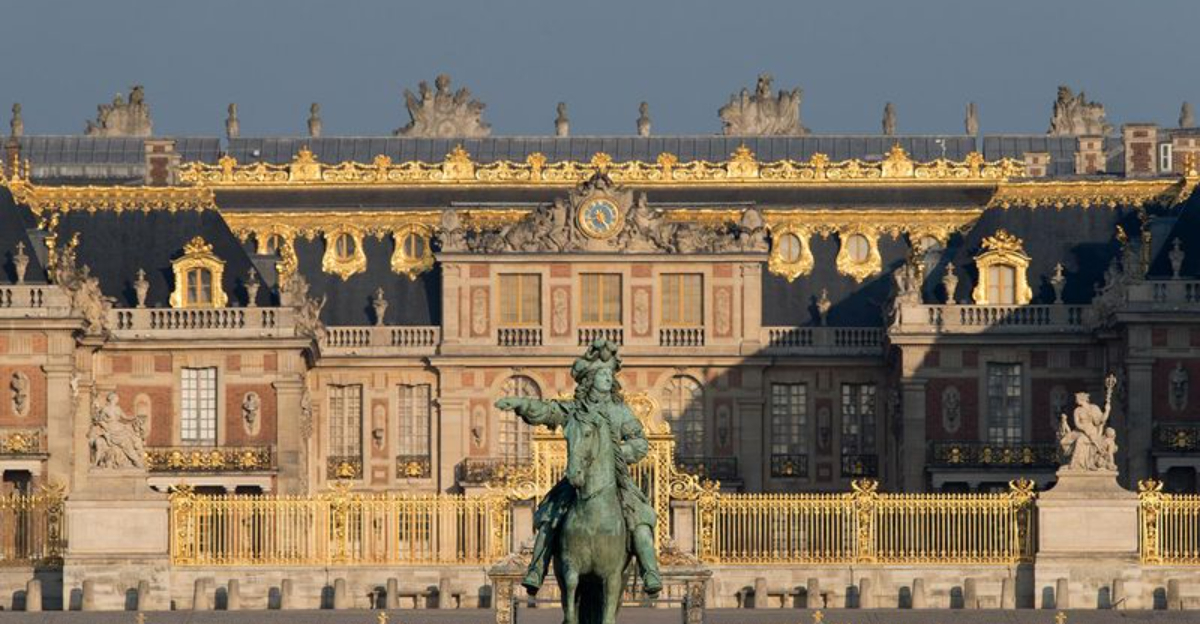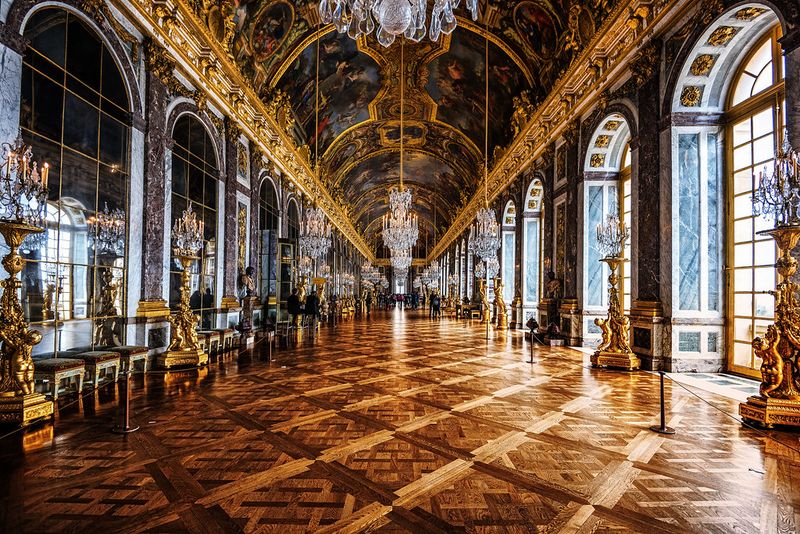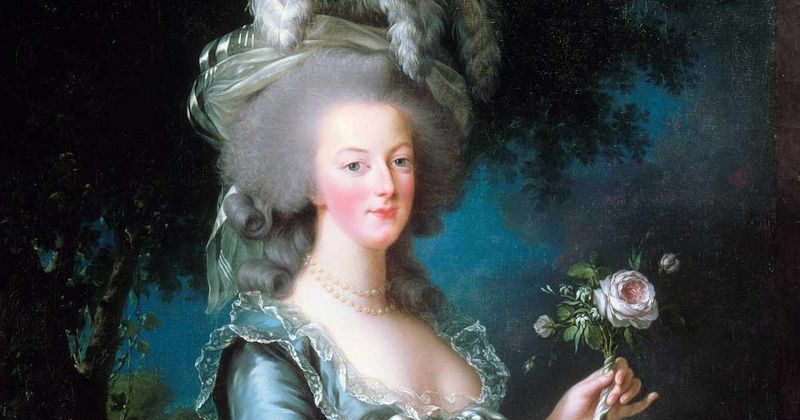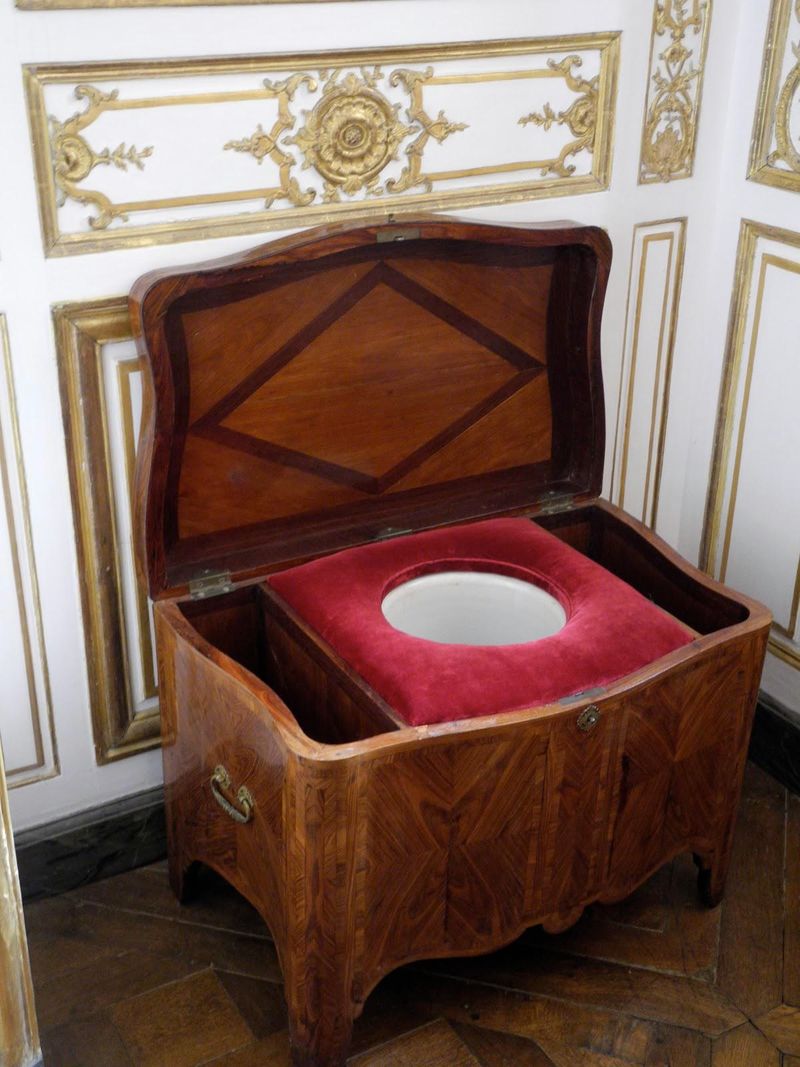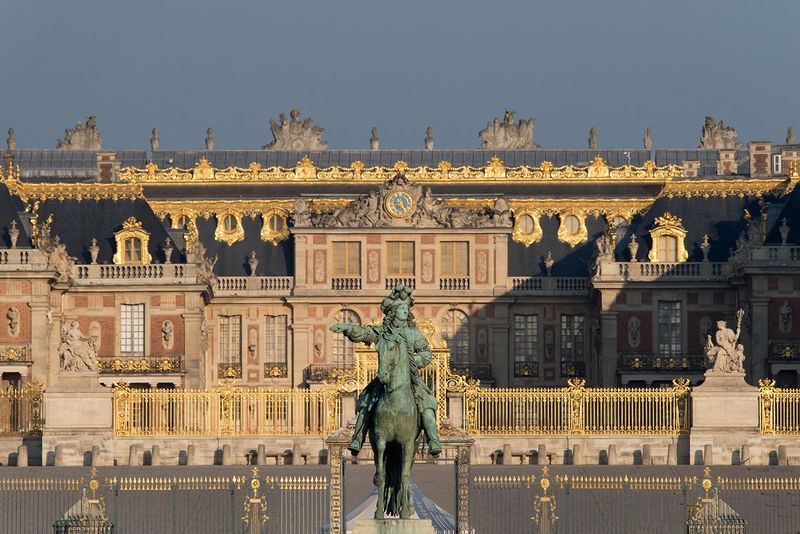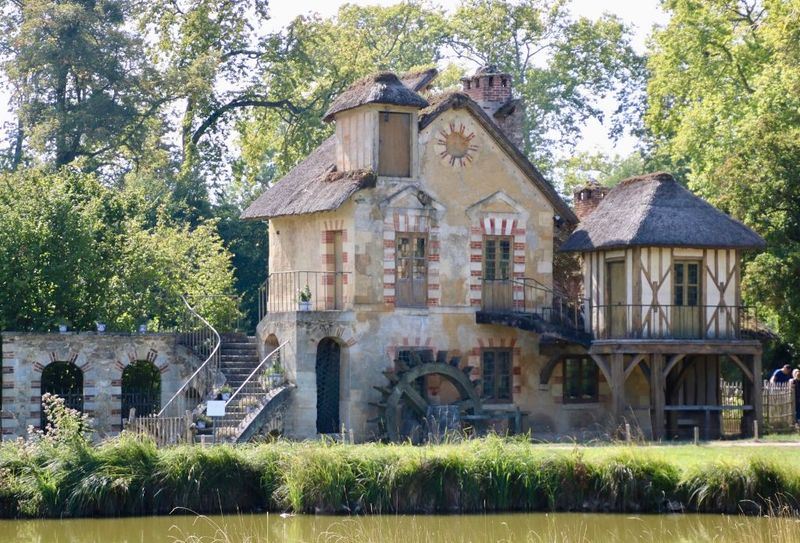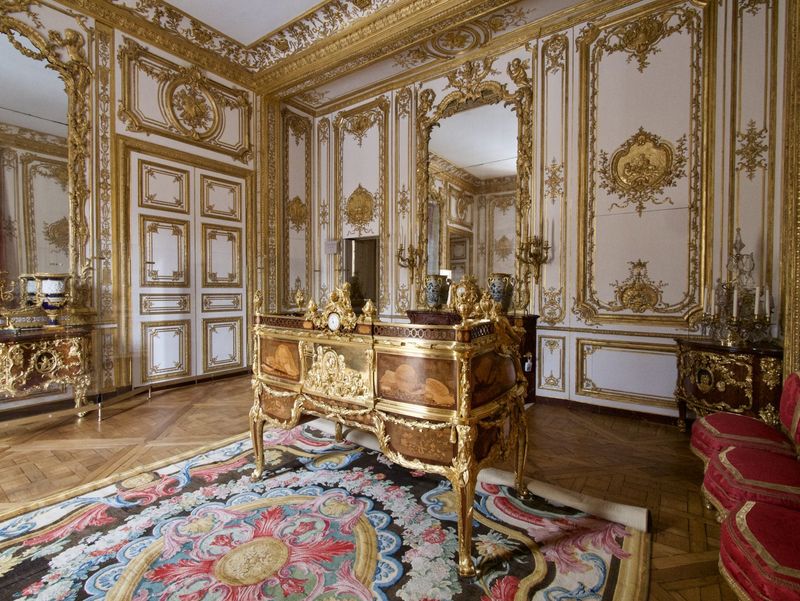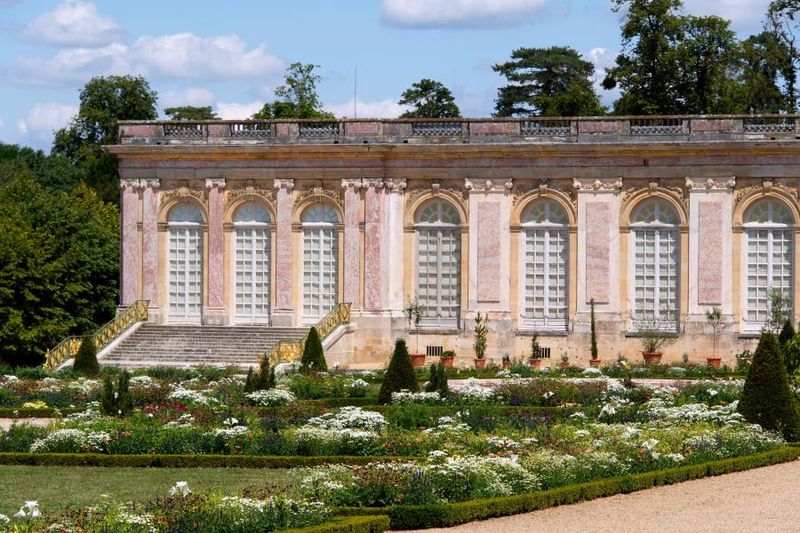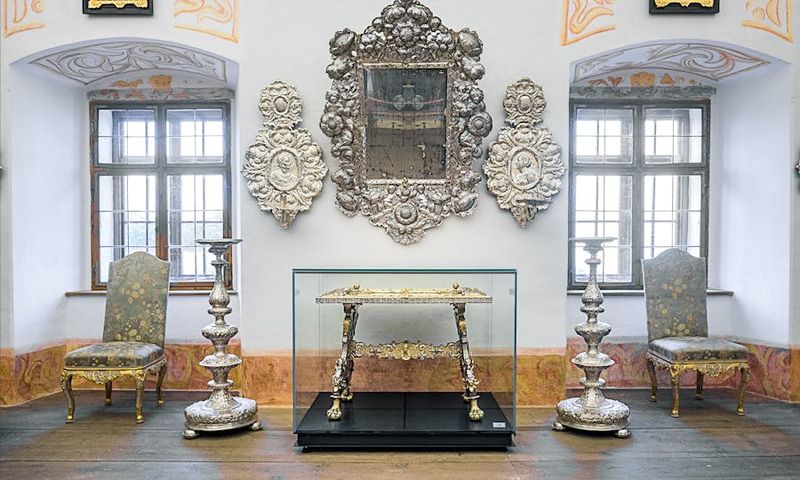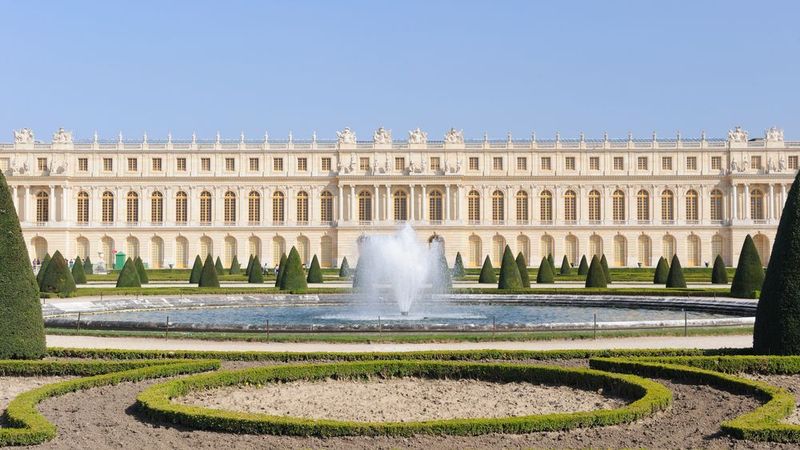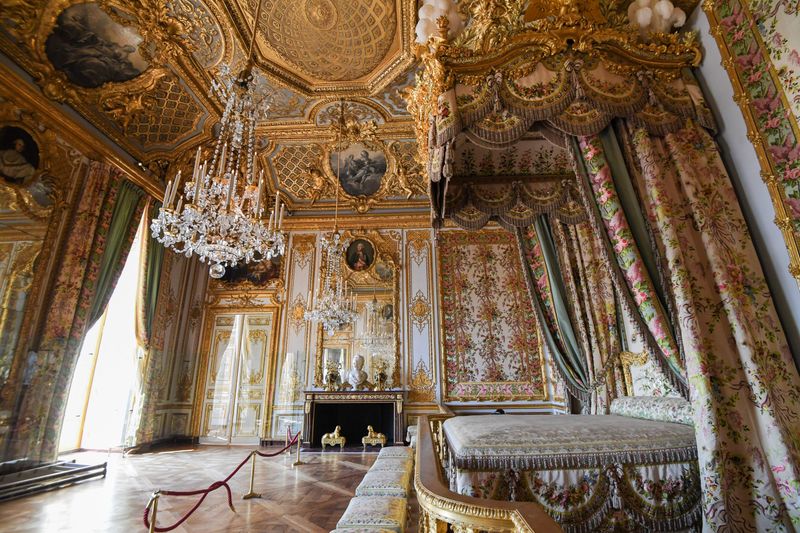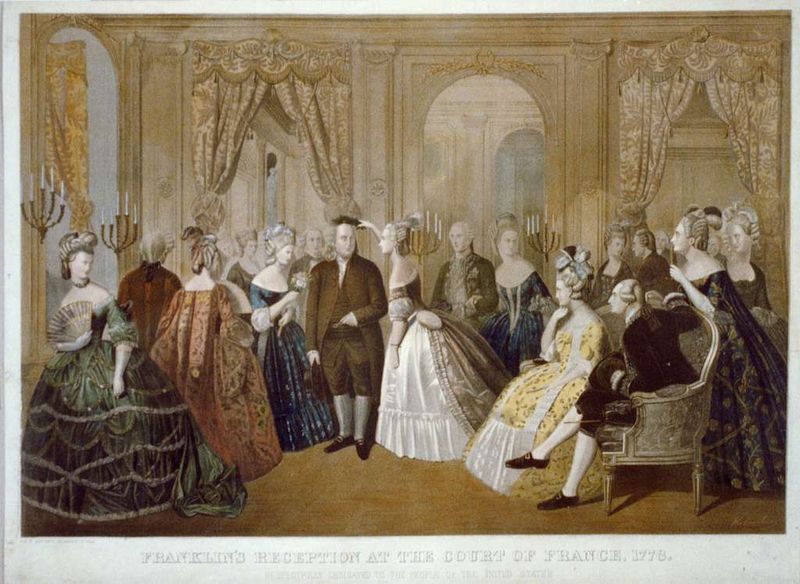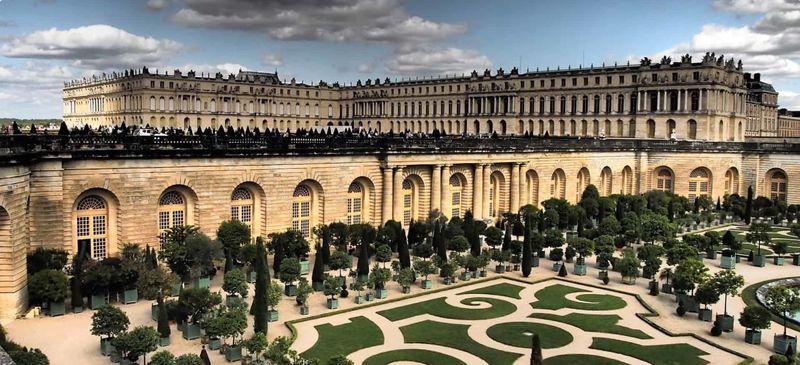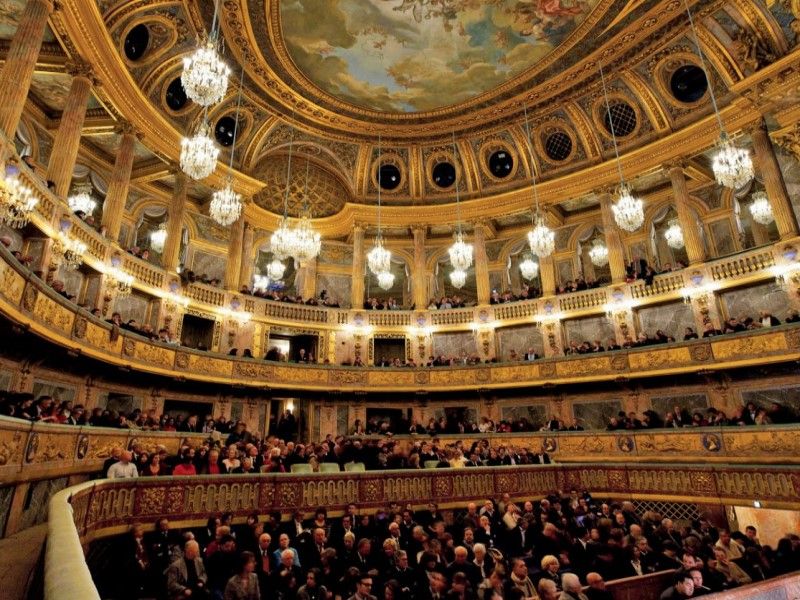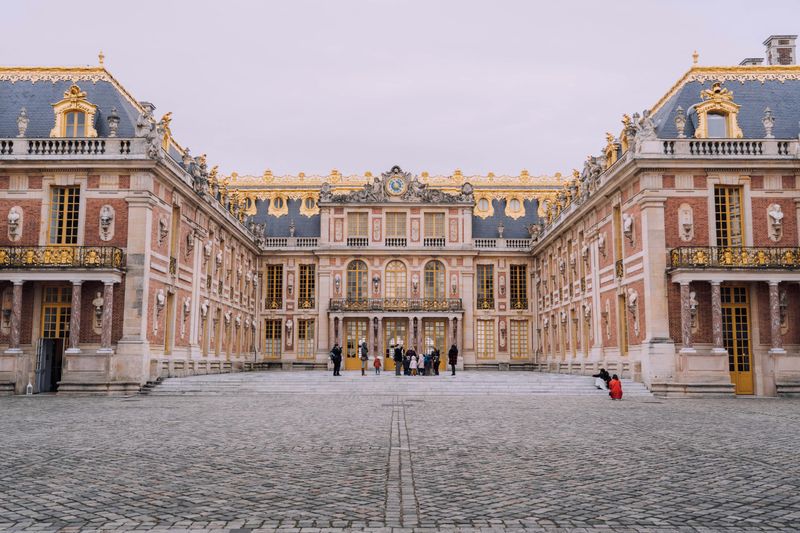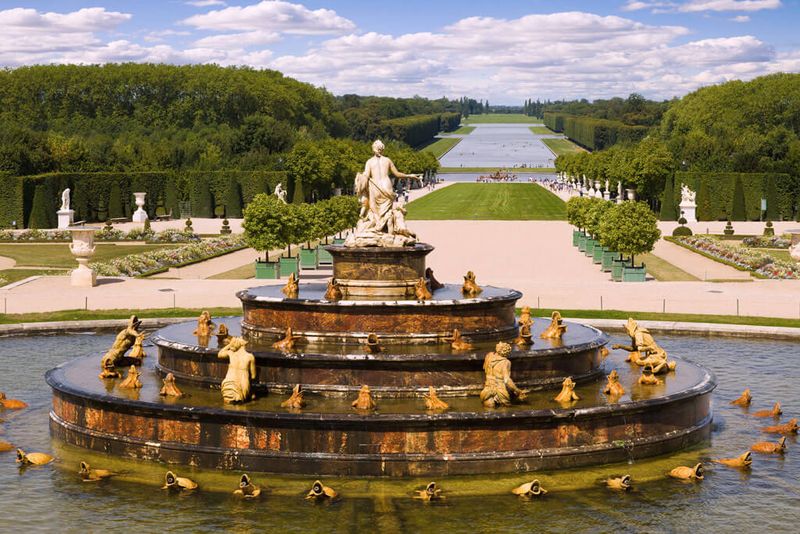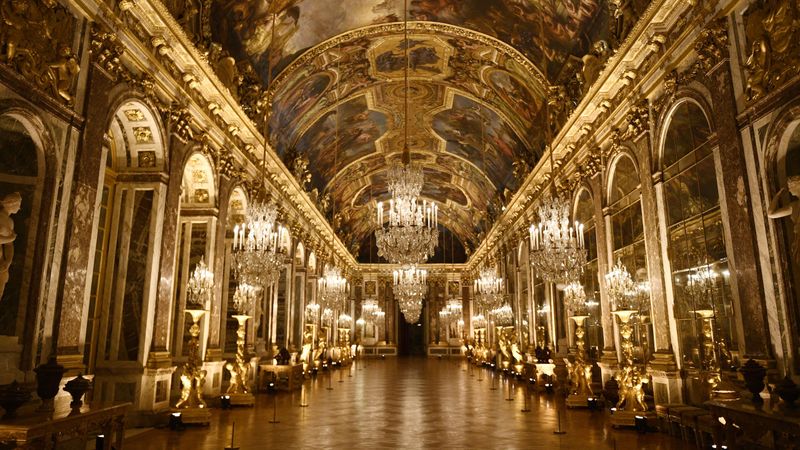The Palace of Versailles, an emblem of opulence and power, has long been shrouded in myths and misconceptions. Recent discoveries have shed light on truths that challenge historical narratives. These revelations touch upon architectural marvels, royal anecdotes, and societal customs that defined an era. From the grandeur of the Hall of Mirrors to the whispered tales of Marie Antoinette, Versailles was not just a symbol of luxury but a complex entity of political maneuvering and cultural evolution. Let’s explore 17 surprising truths about Versailles that historians got wrong.
1. The Hall of Mirrors Was Always a Glamorous Party Space
Renowned for its opulence, the Hall of Mirrors wasn’t just a venue for lavish parties. Louis XIV cleverly used it as a tool to project France’s wealth. Imagine foreign dignitaries walking through, awestruck by the shimmering mirrors, a luxury exclusive to Venice at the time. Such spectacles were less about merriment and more about political strategy. Louis XIV’s objective was clear: to awe and intimidate. This hall was a testament to France’s power, a calculated display meant to leave a lasting impression on international guests.
2. Marie Antoinette Said “Let Them Eat Cake”
Marie Antoinette’s image has long been tarnished by the infamous phrase “Let them eat cake.” Contrary to popular belief, there’s no evidence she ever uttered these words. The quote appeared in Rousseau’s writings well before her reign. It was likely an element of anti-royal propaganda, designed to paint the monarchy as out of touch with the common folk. Marie Antoinette became a symbol for royal extravagance, yet this statement reflects more on societal sentiments than her personal views.
3. Versailles Had No Bathrooms
Versailles, often imagined as lacking basic sanitation, actually had hidden latrines and advanced drainage systems. Although chamber pots were widely used, recent excavations have revealed a more sophisticated infrastructure than previously thought. Such amenities reflect a blend of opulence and practicality, contradicting myths of nobles indulging in unsanitary habits. The palace’s grandeur extended beyond its visible luxuries, incorporating cutting-edge solutions to maintain its esteemed status. This revelation challenges the narrative of Versailles as solely a spectacle of excess.
4. The Gardens Were Always Perfectly Manicured
The iconic gardens of Versailles are celebrated for their beauty, yet they were not always pristine. In the 17th century, plants often withered during winter, and the grand fountains operated only when Louis XIV was present. Servants discreetly signaled each other to activate them, ensuring the gardens appeared vibrant for the king. This orchestrated presentation was part of Versailles’ charm, illustrating the lengths taken to maintain its illusion of perpetual splendor. The gardens’ magnificence was a carefully curated facade, reflecting the era’s artistic endeavors.
5. The Palace Was Always a Symbol of Luxury
Versailles, today a symbol of luxury, began as a modest hunting lodge. It was Louis XIV who transformed it into a grand palace, using its magnificence to assert control over the nobility. The palace’s evolution mirrors the king’s ambition, turning a simple retreat into a masterpiece of political architecture. By centralizing power in Versailles, Louis XIV redefined the monarchy’s influence, enforcing his will through splendor. This transformation highlights the strategic brilliance behind Versailles’ allure, showcasing power through architectural innovation.
6. Marie Antoinette’s Hamlet Was Just a Whimsical Escape
Marie Antoinette’s rustic hamlet at Versailles was not merely a whimsical escape. It served a practical purpose by producing real food, such as milk, eggs, and vegetables. This pastoral retreat resonated with a broader trend among European royalty, who sought “natural” environments amidst opulence. The hamlet offered a semblance of simplicity, contrasting with Versailles’ grandeur, yet it was far from frivolous. It reflects a nuanced aspect of royal life, where leisure intertwined with utility, underscoring the complex character of Marie Antoinette’s lifestyle.
7. The King’s Bedroom Was the Center of Power
Though often perceived as the heart of power, Louis XIV’s bedroom was not where decisions were made. The true seat of power was the Cabinet du Conseil, the council room where ministers convened daily. This distinction highlights the complexity of Versailles’ architecture, where appearances served multiple purposes. While the king’s bedroom symbolized his personal space, the council room was where real governance occurred. This separation of public and private spheres illustrates the strategic orchestration of power, blending ceremonial with practical governance.
8. Versailles Smelled Terrible
Versailles’ reputation for unpleasant odors is partly myth. While sanitation posed challenges, the nobles employed perfumes, herbs, and frequent linen changes to combat smells. This aspect of court life reveals the era’s ingenuity in maintaining comfort amidst grandeur. The use of aromatic solutions reflects the attention to sensory experiences, ensuring the palace remained a pleasant environment despite its size. This myth of pervasive odors underscores the blend of fact and fiction that characterizes tales of Versailles, painting a nuanced picture of its refined lifestyle.
9. The Silver Furniture Was Melted for War Funds
The story of Louis XIV’s silver furniture being melted for war funds isn’t entirely accurate. While some pieces were indeed melted, others were likely sold or repurposed. This myth highlights the economic pressures of the time, where opulence and practicality intersected. The survival and transformation of certain items reflect the resourcefulness of the court, adapting to financial demands without complete sacrifice of luxury. Such tales of Versailles’ splendor and its occasional necessity-driven decisions reveal the complexities behind its lavish facade.
10. The Palace Was Abandoned After the Revolution
The belief that Versailles was left to decay after the Revolution is incorrect. It was used sporadically by Napoleon and later monarchs before becoming a museum in 1837. This transition from royal residence to a public institution reflects Versailles’ enduring significance. As a museum, it preserves the cultural and historical essence of France, attracting countless visitors. The shift signifies not abandonment but adaptation, showcasing the palace’s resilience through changing political landscapes. Versailles continues to inspire, maintaining its place as a symbol of French heritage.
11. The Queen’s Bedchamber Was Private
Marie Antoinette’s bedchamber at Versailles was far from a private sanctuary. Royal bedrooms were public spaces where events like births and morning rituals were witnessed by courtiers. This practice reflects the monarchy’s openness, merging private life with public duty. The queen’s chamber served as a stage for royal protocol, blending personal and political spheres. These interactions in such intimate settings offer insight into the ceremonial nature of court life, where privacy was a luxury few experienced. This public aspect of royal life underscores the performative elements of monarchical tradition.
12. The Estate Was Only for the Elite
Contrary to the belief that Versailles was exclusive to the elite, well-dressed commoners could visit if they adhered to strict etiquette. This openness highlights the palace’s role as a symbol of national pride, accessible to those who respected its traditions. The ability of commoners to witness the grandeur firsthand contributed to Versailles’ allure, bridging societal divides, albeit superficially. This aspect of the palace’s history underscores its dual identity as both a private royal residence and a public emblem of French culture.
13. The Palace Was Built by French Labor Alone
The construction of Versailles was not solely a French endeavor. It involved international expertise, with Italian glassmakers, Dutch engineers, and Flemish artists contributing to its grandeur. This collaboration underscores the blend of cultural influences that shaped the palace, reflecting a broader European connection. Such diversity in craftsmanship enriched Versailles’ architectural and artistic heritage, illustrating the interconnectedness of the era. The palace stands as a testament to the harmonious fusion of varied skills and styles, challenging the notion of it being a purely French creation.
14. The Opera House Was Used Constantly
The Versailles opera house, often perceived as a hub of nightly performances, was rarely used due to astronomical costs. It hosted events only on special occasions, emphasizing quality over quantity. This limited use highlights the palace’s dual function as a venue for exclusive gatherings and a symbol of cultural sophistication. The scale and beauty of the opera house stand as a testament to the artistic ambitions of the era, where lavishness met practicality. Its sporadic yet grand use reflects the selective nature of Versailles’ cultural engagements.
15. The Estate Was Designed All at Once
Versailles’ architectural evolution was a continuous process, contrary to the belief it was designed all at once. The estate underwent various renovations and expansions over decades, reflecting changing tastes and political ambitions. This ongoing transformation highlights the adaptability and innovation integral to Versailles’ grandeur. Each modification added layers of complexity, contributing to the palace’s dynamic history. The estate’s development mirrors the shifts in royal priorities, where every alteration served a purpose, ensuring Versailles remained an epitome of regal splendor.
16. The Famous Fountains Were Always There
The iconic fountains of Versailles were not part of the original garden design. Many were added later, and some struggled with water supply issues. This myth highlights the challenges of maintaining such elaborate features, where beauty often contended with practicality. The fountains’ development reflects the ingenuity and perseverance underlying Versailles’ landscaping achievements. Despite technical obstacles, these water features have come to symbolize the artistic excellence of French garden design, where innovation meets aesthetic ambition in a harmonious blend of nature and architecture.
17. Versailles Was Only a Royal Residence
Versailles served multiple roles beyond a royal residence. It was a government seat, military headquarters, and a propaganda machine, illustrating the multifaceted nature of its function. The palace was a hub of power, where political maneuvering intertwined with royal pageantry. This complexity underscores Versailles’ significance as more than just a home for royalty; it was a central player in the orchestration of state affairs. Its architecture and decor echoed the strategic intentions of its inhabitants, embedding political influence within its luxurious walls.
